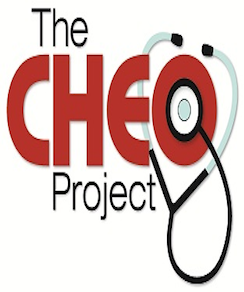The Consortium for Healthcare Education Online (CHEO) is using technology to engage students by using simulations, North American Networks of Science Labs (NANSLO) activities, and LightBoard technology.
Authentic learning experiences for students include blood banking, fully equipped ambulances, and hospital and emergency room settings. Providing students with an experience that is parallel to the real thing is a way for them to learn how to think on their feet, become more resourceful, and be a better problem solver.
NANSLO activities give students the opportunity to practice real life problem solving skills, by providing wide-scale (virtual) access to technology that students may not have otherwise. Students can perform lab experiments, with the occasional assistance of a lab technician, using the latest microscopes and spectrometers.
LightBoard helps to engage students virtually. This form of technology is relatively inexpensive for colleges to build and maintain but provides quick buy-in for students. In addition LightBoard technology also has a huge “wow factor”. Dr. Long, a professor from Flathead Valley Community College, built the LightBoard system, using CHEO funding.
Learn more about the various technologies used to engage students and the Consortium for Healthcare Education.
Teryn Payne is an undergraduate senior at the University of Illinois at Urbana-Champaign studying news-editorial journalism. She has been working as an undergraduate at the Office of Community College Research and Leadership since the summer of 2014 and works on the Transformative Change Initiative project.
